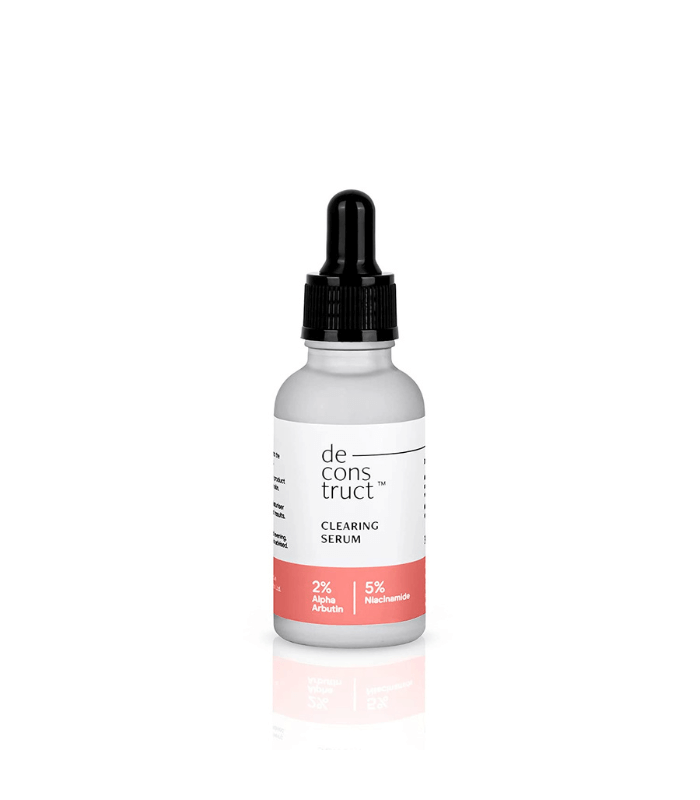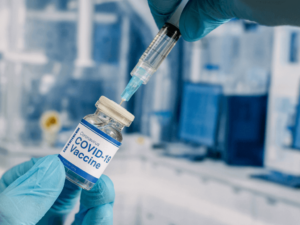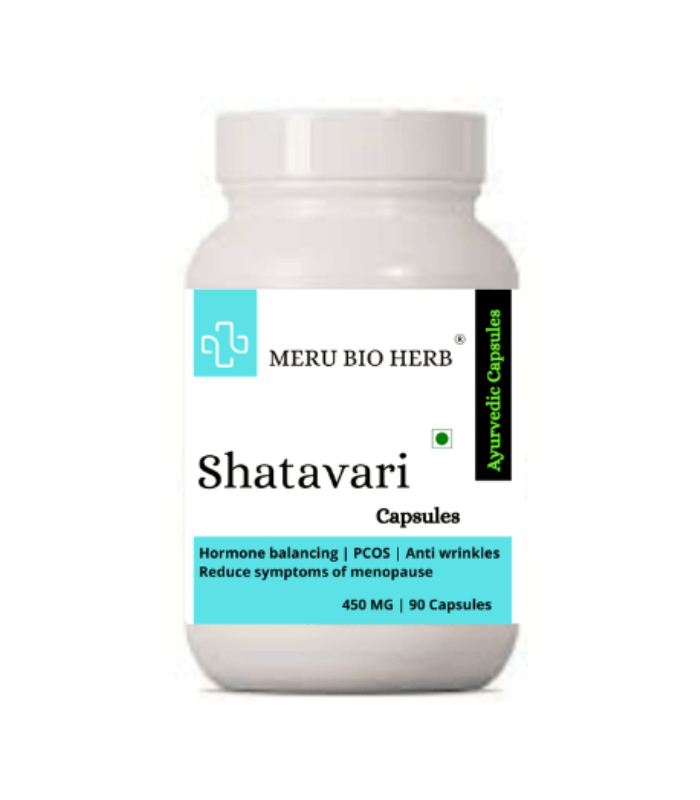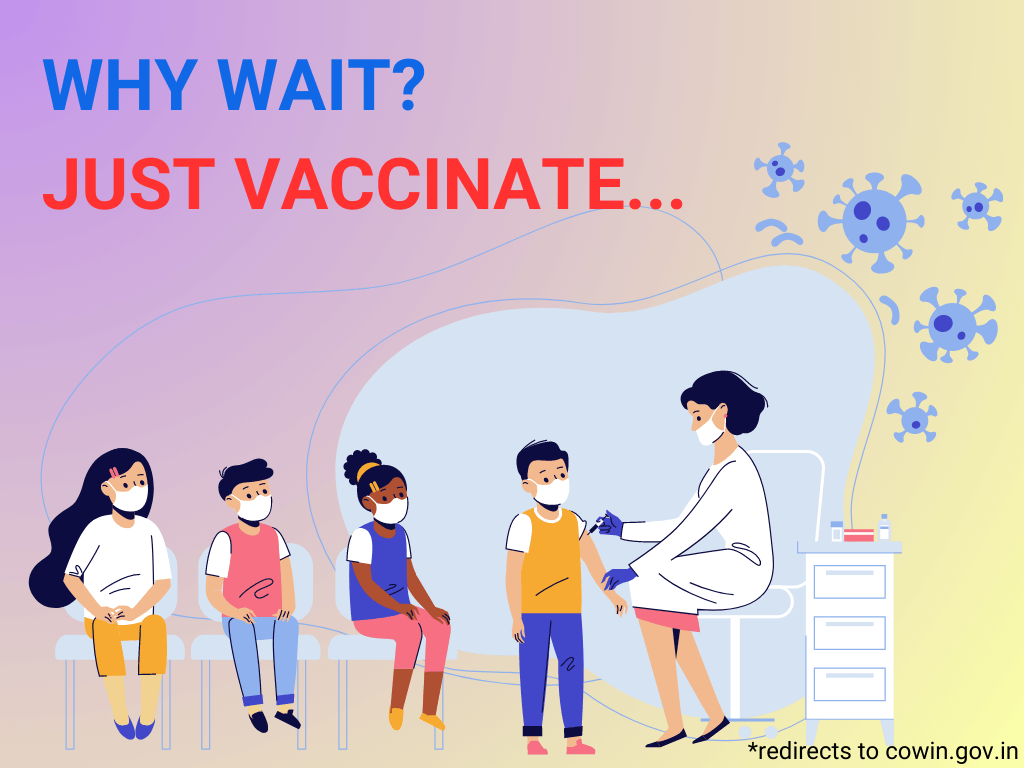Most pregnancies occur without complications. However, some women who are pregnant will experience complications which will involve their health, their baby’s health, or both. Sometimes, diseases or conditions the mother had before she became pregnant can cause complications during pregnancy. Some complications occur during delivery.
Even with complications, early detection and prenatal care can reduce any longer risk to you and your baby. Some of the foremost common complications of pregnancy include:
- high vital sign
- gestational diabetes
- preeclampsia
- preterm labor
- a loss of pregnancy, or miscarriage
The normal symptoms of pregnancy and therefore the symptoms of complications are sometimes hard to differentiate. Although many problems are mild and don’t progress, you ought to always contact your doctor if you’ve got any concerns during your pregnancy. Most pregnancy complications are manageable with prompt treatment.
High vital sign
High vital sign occurs when the arteries that carry blood from the guts to the organs and therefore the placenta are narrowed. High vital sign is related to a better risk of the many other complications, like preeclampsia. It puts you at a better risk of getting a baby well before your maturity. This is often called preterm delivery. It also increases your risk of getting a baby who’s small. It’s important to regulate your vital sign with medications during pregnancy.
Gestational diabetes
Gestational diabetes generally occurs when the body cannot metabolize sugars effectively. This results in higher-than-normal levels of sugar within the bloodstream. Some women will got to modify their meal plans to assist control blood glucose levels. Others may have to require insulin to stay their blood glucose levels on top of things. Gestational diabetes usually resolves after pregnancy.
Preeclampsia
Preeclampsia is additionally called toxemia. It occurs after the primary 20 weeks of a pregnancy and causes high vital sign and possible problems together with your kidneys. The recommended treatment for preeclampsia is delivery of the baby and placenta to stop the disease from progressing. Your doctor will examine the risks and benefits regarding timing of delivery. Your doctor may induce labor if you’re 37 to 40 weeks pregnant.
If it’s too early to deliver your baby, your doctor will get to monitor you and your baby closely. They’ll prescribe medications to assist lower your vital sign and help the baby mature if you’re not term. You’ll be hospitalized for monitoring and care.
Preterm labor
Preterm labor occurs once you enter labor before week 37 of your pregnancy. This is often before your baby’s organs, like the lungs and therefore the brain, have finished developing. Certain medications can stop labor. Doctors usually recommend bed rest to stay the baby from being born too early.
Miscarriage
A miscarriage is that the loss of pregnancy during the primary 20 weeks. Consistent with the American Pregnancy Association, up to twenty percent of pregnancies among healthy women will end during a miscarriage. Sometimes, this happens before a lady is even conscious of the pregnancy. In most cases, miscarriage isn’t preventable.
The subsequent steps may help promote a healthy pregnancy and stop you from having a high-risk pregnancy:
- If you’re thinking of becoming pregnant, consult a doctor beforehand to assist you prepare. For instance, if you have already got a pre-existing medical condition, your doctor may recommend adjusting your treatment to organize for your pregnancy.
- Eat a healthy diet with many fruits, vegetables, lean protein, and fiber.
- Take prenatal vitamins daily.
- Attend all routine prenatal visits, including those with a specialist if one is suggested.
- Quit smoking if you smoke.
- Avoid alcohol and illegal drugs.
- Ask your doctor if the medications you’re already taking are okay to continue taking or if you ought to stop taking them.
- Reduce your stress levels. Taking note of music and doing yoga are two ways to scale back your stress levels.
Use of contraceptives
Many elements got to be considered by women, men, or couples at any given point in their lifetimes when choosing the foremost appropriate contraception. These elements include safety, effectiveness, availability (including accessibility and affordability), and acceptability. Voluntary informed choice of contraceptive methods is an important guideline, and contraceptive counseling, when applicable, could be a crucial contributor to the successful use of contraceptive methods.
Hormonal Methods
- Birth control implant
The implant may be a single, thin rod that’s inserted under the skin of a women’s upper arm. The rod contains a progestin that’s released into the body over 3 years. Typical use failure rate: 0.1%.
- Shot
Women get shots of the hormone progestin within the buttocks or arm every three months from their doctor. Typical use failure rate: 4%.
- Oral contraception
Also called “the pill,” combined oral contraceptives contain the hormones estrogen and progestin. It’s prescribed by a doctor. A pill is taken at an equivalent time every day. If you’re older than 35 years and smoke, have a history of blood clots or carcinoma, your doctor may advise you to not take the pill. Typical use failure rate: 7%.
Barrier Methods
- Diaphragm
Diaphragm or cervical cap—each of those barrier methods are placed inside the vagina to hide the cervix to dam sperm. The diaphragm is formed sort of a shallow cup. The
Contraceptive may be a thimble-shaped cup. Before sexual activity, you insert them with spermicide to dam or kill sperm. Visit your doctor for a correct fitting because diaphragms and cervical caps are available different sizes. Typical use failure rate for the diaphragm: 17%.
- Sponge
The contraceptive sponge contains spermicide and is placed within the vagina where it fits over the cervix. The sponge works for up to 24 hours, and must be left within the vagina for a minimum of 6 hours after the last act of intercourse, at which era it’s removed and discarded. Typical use failure rate: 14% for ladies who haven’t had a baby and 27% for ladies who have had a baby.
- Male condom
Male condom—Worn by the person, a male condom keeps sperm from stepping into a woman’s body. Latex condoms, the foremost common type, help prevent pregnancy, and HIV and other STDs, as do the newer synthetic condoms. “Natural” (lambskin) condoms also help avoid pregnancy, but might not provide safety against STDs, including HIV.
Permanent Methods of contraception
- Female Sterilization
Tubal ligation or “tying tubes”— a lady can have her fallopian tubes tied (or closed) in order that sperm and eggs cannot meet for fertilization. The procedure is often wiped out a hospital or in an outpatient surgical center. You’ll head home an equivalent day of the surgery and resume your normal activities within a couple of days. This method is effective immediately. Typical use failure rate: 0.5%.
- Male Sterilization
Vasectomy—this operation is completed to stay a man’s sperm from getting to his penis, so his ejaculate never has any sperm in it which will fertilize an egg. The procedure is usually done at an outpatient surgical center. The person can head home an equivalent day. Recovery time is a smaller amount than one week. After the operation, a person visits his doctor for tests to count his sperm and to form sure the sperm count has dropped to zero; this takes about 12 weeks. Another sort of contraception should be used until the man’s sperm count has dropped to zero. Typical use failure rate: 0.15%.
The complications that arise during pregnancies not only affect the woman, but also disturb the family emotionally. While the arrival of a healthy baby is the most precious gift for the mother, the pregnancy period and the complications are equally stressful for her. With open discussion
And better planning we can make the journey of the procreation a beautiful one for the family and the little guest as well.
Speak to the FORUM EXPERTS for more valuable insights. You can also contact our team of doctors online and seek help keeping your details confidential.
#contraceptives #Vasectomy #pill #sterilization #condom #HIV #cervicalcap #sponge #hormone #yoga #health #wellness #makeinindia #woman #preeclampsia #clinqon_india









































































